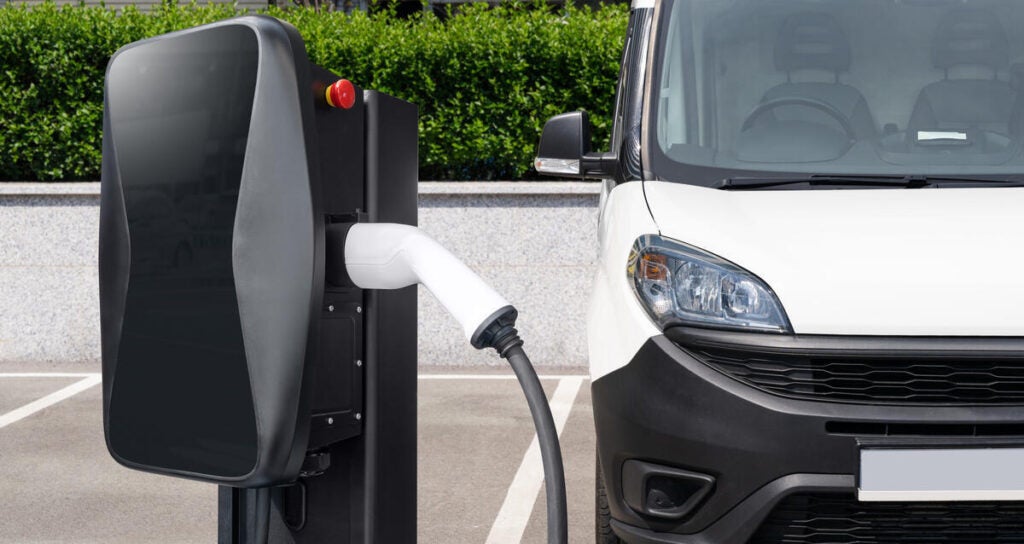New study shows the charging feasibility of the ACT in Illinois
By Neda Deylami
Adopting the Advanced Clean Trucks rule and transitioning Illinois’ trucks from diesel engines to zero-emission motors is one of the most powerful opportunities to reduce climate and air pollution, spark economic growth, prioritize equitable outcomes and improve health in the state.
A new study from EDF and Atlas Public Policy modeled the charging infrastructure needed at depots and along truck routes to support the adoption of the Advanced Clean Trucks rule in Illinois through 2032.
Key takeaways from the study show that:
New study shows the charging feasibility of the ACT in Illinois Share on XThe ACT is flexible
ACT requirements ramp over time, enabling fleets and utilities to plan ahead and build charging infrastructure gradually. If Illinois were to adopt the ACT in 2025, the rule would start applying in model year 2029, which begins on January 1, 2028. For model year 2029, the annual percentage sales requirement for Class 2b-3 and 7-8 tractor trucks is 25% and 40% for Class 4-8 rigid trucks. The targets gradually increase each model year until reaching 40-75% of sales, depending on vehicle Class.
The ACT is feasible
The majority of zero-emission MHD vehicles in Illinois under ACT compliance will be Class 2b/3 trucks. In addition, it’s expected that vehicles with access to long dwell-time parking, such as in depots, will electrify first. These vehicles are expected to charge with lower power Level 2 that is more affordable to install and maintain.
The analysis suggests that under ACT by 2032, Illinois will require approximately 40,000 depot Level 2 charging ports for Class 2b/3 vehicles (one for every 20 registered Class 2b/3 vehicles in the state). Given the depot charging model, this study assumes limited need for en-route charging buildout between now and 2032. Illinois will need approximately 960 en-route fast charging ports to serve Class 2b and 3 vehicles. To reach that target, an average of 120 en-route ports will need to be added per year from 2025 onward. For comparison, 262 public fast charging ports were deployed in 2023 for light-duty vehicles in the state, with 643 more already having been funded by the Illinois EPA and a further round of funding to be awarded soon.
For heavy-duty (Class 4 – 8) vehicles, more than 50% of the charging ports that will be needed at depots are Level 2. To power its Class 4-8 straight trucks and tractor-trailers, the study finds that Illinois will need just over 45,000 charging ports of varying power levels by 2032 under ACT. Again, most ports are needed at depots.
The study projections show that ACT could result in approximately 157,000 electric medium- and heavy-duty vehicles on Illinois’ roads by 2032. These zero-emission vehicles will help mitigate the significant air and health impacts of transportation in the state.
The charging needs of the ACT identified by the study are generally modest and feasible. This critical policy will protect our environment, economy and the health of Illinoisans. Now is the time to adopt the Advanced Clean Trucks rule in Illinois.













